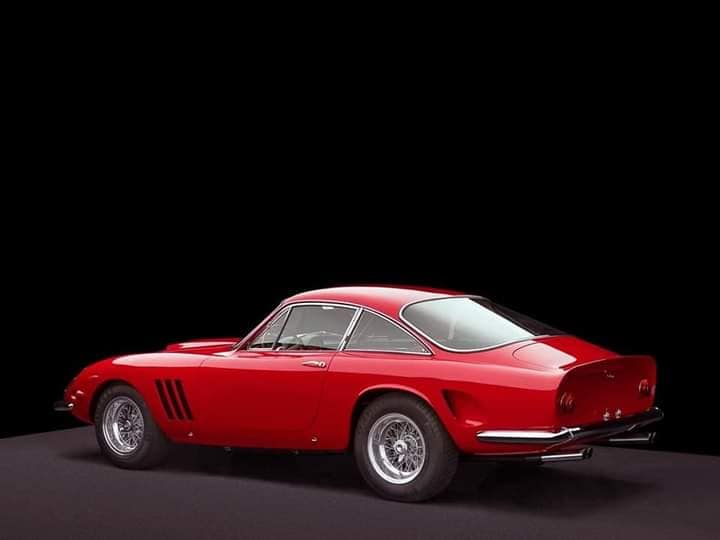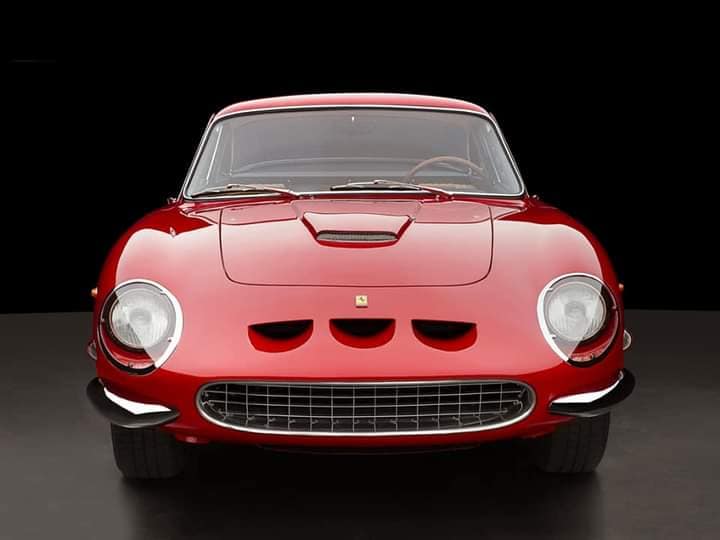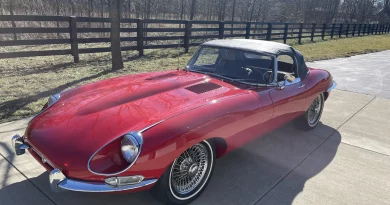1963 Ferrari 250 GT Special Luxury
The 250 GT, known simply to enthusiasts as the Lusso or “luxury,” was introduced at the 1962 Paris Salon as a replacement for the earlier 250 GT Coupe. It featured exceptional new Pininfarina styling, with delicately curved fenders and an egg-crate grille recalling their earlier creations, but new modern flourishes such as longer windows and a fastback roofline that looked firmly towards the future. Befitting the name, the interior was swathed in quilted leather, facing a revised dashboard arrangement.

As a variation of the luxurious 250 GT, the 250 GT Lusso had a spacious interior, made possible by the forward position of the engine; this was an unusual design choice at the time for Ferrari, known for their sports cars which emphasized even front/rear weight distribution. As the car was only a two-seater, there was a fairly capacious boot space with a parcel shelf, covered in quilted leather.

The 250 GT is powered by a 3.0 litre Columbo V12, benefiting from triple Weber carbs producing around 240 bhp. Although performance was not the key objective of the Lusso, it still lived up to the high standards of other 250-series Ferraris, capable of speeds around 150mph. Such DNA meant that the Lusso was not only one of the best-looking Ferraris ever made, but also one of the best to drive; the ultimate Grand Tourer, focused on luxury over competition.

The 250 GT is among the most legendary of all Ferraris for the road, and for good reason—and it is the slinky, sensuous Lusso that represents that model at its most evolved and, simply, at its very best. This Classiche-certified example, equipped with its matching-numbers engine and superbly finished in one of the best imaginable color schemes, offers the opportunity to experience such greatness firsthand.

The body, which was built by Carrozzeria Scaglietti, includes an aluminum hood, trunk panel, and doors, in deference to weight. The Kamm tail, with its upturned spoiler and flat panel adorned with Ferrari’s signature twin round taillights, is a nod to aerodynamics that prefigures the shape of the Lusso’s successor.

Having been stripped down to a bare chassis, the car was refurbished with new louvres and vents before finally wearing the classic Ferrari shade of Rosso Corsa. It’s since been serviced and maintained in ready-to-drive condition by GTO Engineering – the people who brought you the 250 GT SWB and California ‘Revival’ cars and now working on a carbon-tubbed retro supercar dubbed the Squalo.




